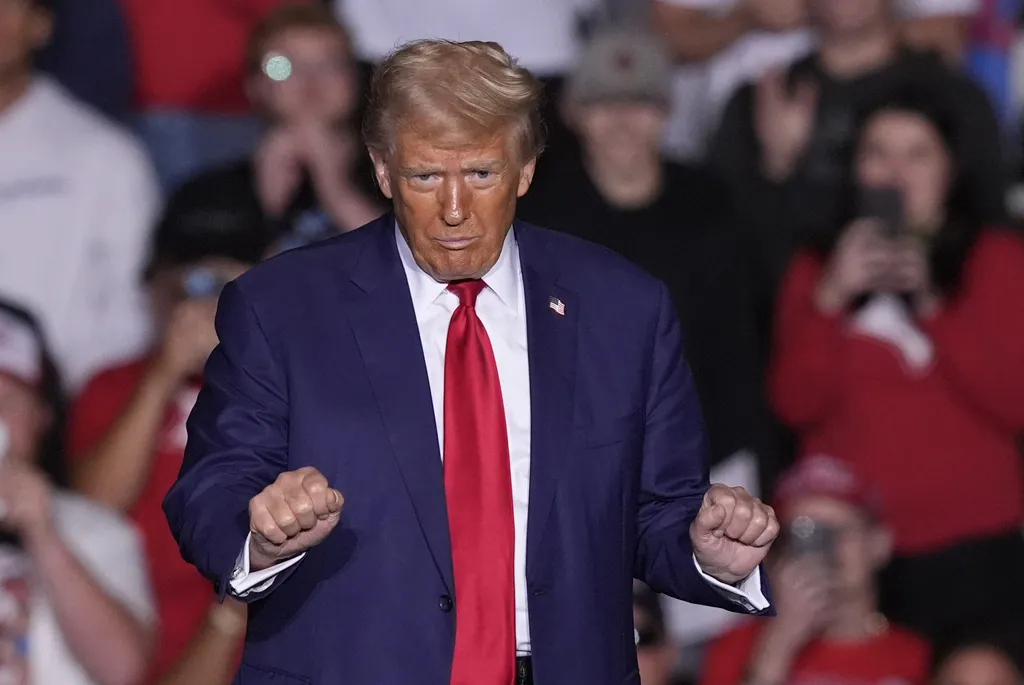Donald Trump’s Tariff Plan Threatens Economic Stability Like the 1930s

The Economic Consequences of Trump's Tariff Plan
Donald Trump’s proposed tariffs on imports could lead to an economic crisis reminiscent of the Great Depression. Historical data shows that policies like the Smoot-Hawley Tariff Act of 1930 did not help but exacerbated the economic downturn.
How Tariffs Impact the Economy
- Increased Cost of Living: Tariffs act as a tax on U.S. importers, raising prices for consumers.
- Negative Effect on Exports: Other nations react to tariffs with retaliatory measures, harming U.S. manufacturers and farmers.
- Bank Failures: Economic disruptions from tariffs lead to increased bank failures in vulnerable areas.
- Reduced Domestic Consumption: Consumers cut back on spending due to higher prices for both imported and domestically produced goods.
The Misguided Logic Behind High Tariffs
Trump’s tariffs misunderstand the reciprocity of international trade agreements. By increasing tariffs, he risks breaching established trade relationships, leading to higher tariffs on U.S. goods as well.
The Real Cost of Tariffs
- Loss of American Jobs: Tariffs could lead to more job losses in manufacturing rather than gains.
- Higher Prices: Essential imports rise in cost, affecting U.S. manufacturers reliant on foreign components.
- Retaliatory Tariffs from Trading Partners: Countries like Mexico may respond with equivalent tariffs on U.S. goods.
The implications of Trump's tariff strategy extend far beyond simple economic measures; they threaten the stability of the American labor market and international trade standing.
This article was prepared using information from open sources in accordance with the principles of Ethical Policy. The editorial team is not responsible for absolute accuracy, as it relies on data from the sources referenced.